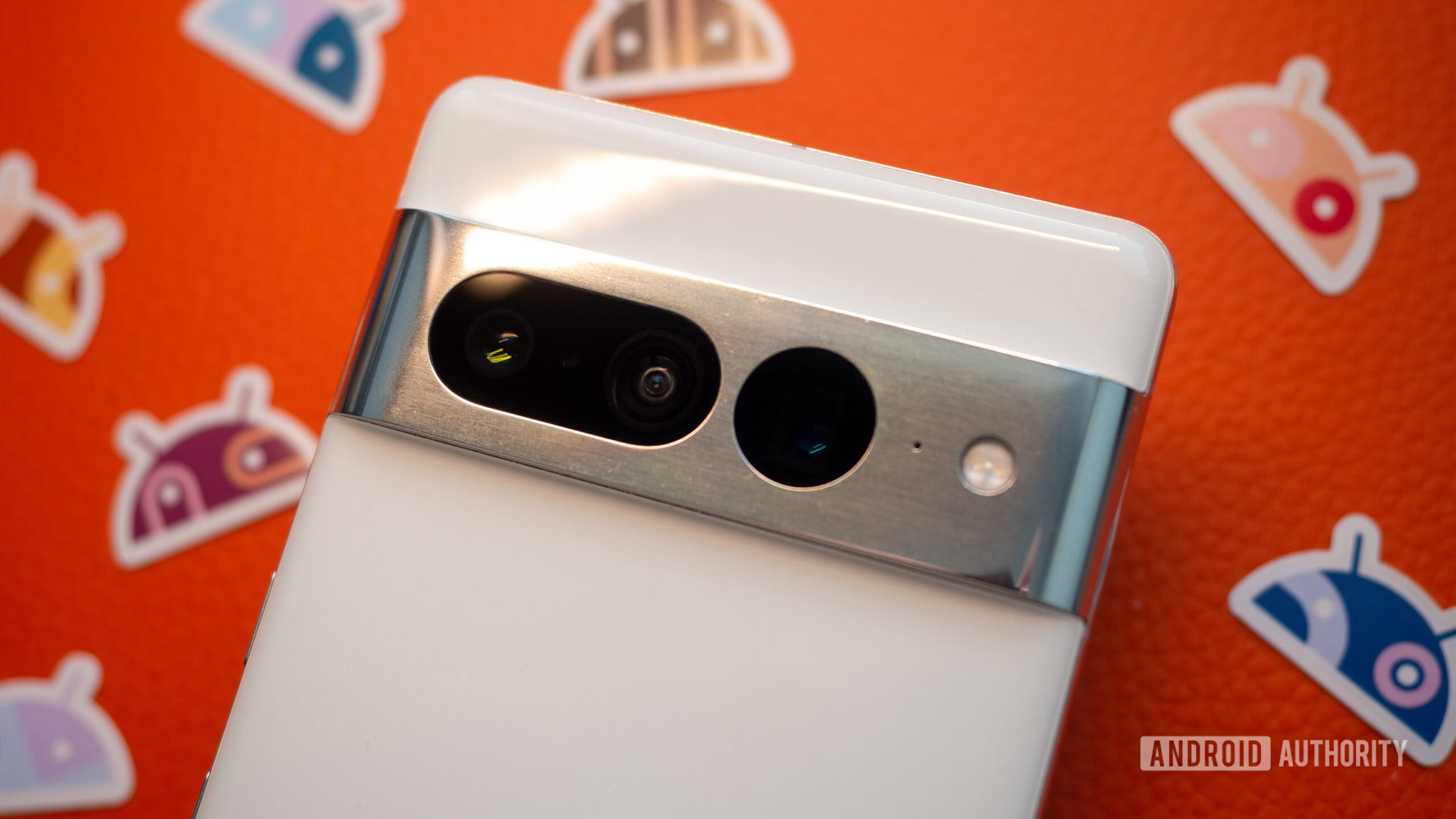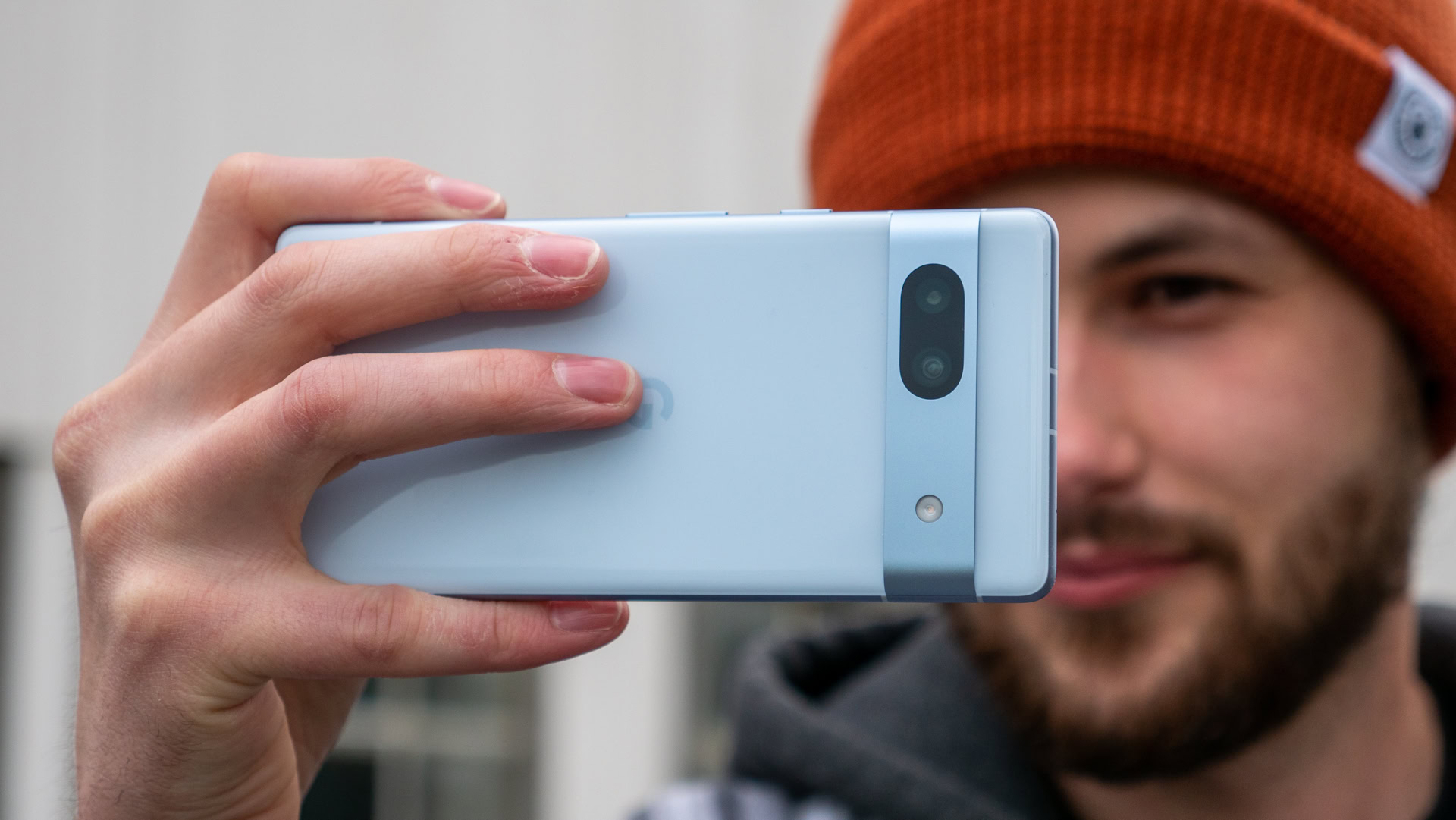Affiliate links on Android Authority may earn us a commission. Learn more.
Your phone's main camera is too wide; use 2x zoom instead

In the world of cameras, a 23-24mm lens is considered very wide — not ultrawide, but still quite wide. Most photographers often gravitate towards the 40mm or narrower lenses, unless they specialize in landscape photography. There’s a reason for that.
50mm is the equivalent of human sight. Plus, you often can’t come close enough to many subjects you want to snap a pic of — be it people, pets, buildings, or nature — and even if you did, you risk a lot of distortion. Stepping away and focusing with your eyes or zooming in with your camera lets you take a more detailed and less distorted photo. It also gives you more freedom in framing the pic as you wish while getting rid of distracting elements. In contrast, you can’t hide much in a wider photo.
The best and highest resolution lens on our phones is too wide at 23-24mm. It doesn't make sense.
Yet, today’s most popular camera phones all use a wide main camera that captures more than we see. The Pixel 7 Pro (23mm), Galaxy S22 Ultra (24mm), iPhone 14 Pro Max (24mm) are only a few examples of this. This is the highest-resolution lens in our pocket, with the highest-quality glass and processing, and it’s too wide by default.

I hadn’t paid much attention to this until a few months ago. Quite the contrary, I wanted the widest angles and often used the ultrawide lens for more spectacular sceneries and effects. Then I noticed that I was slowly shifting toward more zoomed-in pics. It helps that my Pixel 7 Pro takes great 2x photos, without any loss in resolution: The 23mm main sensor can crop out a 2x zoomed 12.5MP photo out of the larger 50MP photo with all the detail that I want.
It started as a rare switch from 1x to 2x to take an alternative photo and choose later, then became a more frequent occurrence because I realized that almost every time, I ended up keeping the 2x pic and deleting the 1x one. This happened enough times that I just started taking the 2x pic from the start to save myself some time. Until it hit me: 2x has nearly become my default photography setting now! I switch to it more often than I don’t and I agree with my colleague Rob: I too am sick of wide field-of-view cameras.
Which zoom level do you use most on your phone?
This all sounds theoretical, so I’ve gone through my personal library of Pixel 7 Pro photos and unearthed some examples of 1x (left) and 2x (right) photos taken from the same spot.
In the shots below, 2x allows me to avoid other tourists in Lake Bled (the island in the middle of the lake) and in front of the church organ. Professional photographers have the time and luxury to visit places when they’re empty or wait for people to move away, so they can snap wide-angle shots without bystanders. But normal people like us can’t do that; 2x can let you pretend you were alone even if you weren’t.
2x also helped me crop out some boring parts in the pics below, like the stone passage near the castle, the restaurant tables and tents in the town center, and the fence near the water tower.
2x focuses on the stained glass in the cathedral below, the beautiful trees in the alley, the boat in the river, the stage and screens during the Metallica concert, and the graffiti on the wall, making them all more prominent subjects in their shot.
The green grass photo below, which is disproportionate at 1x (more ground than sky) becomes more balanced at 2x. And framing the art nouveau building differently at 2x in the next pic avoids low-angle distortion at 1x.
Here are a few more examples where switching from 1x to 2x focuses interest around a more specific subject and avoids a more monotone foreground (too much water or grass) or background (overpowering sky).
Look, I’m lucky enough to be able to travel and visit some gorgeous places and I know my way around a phone’s camera. I’m not saying that all of the 1x photos above are bad — they’re quite good. It’s just that the 2x shot is better in every case, in my opinion. Even the landscape shots, which are typically more suited for a wider angle, benefit from a better zoom and framing.
With time, I’ve made my peace with the fact that the photo won’t show everything I’m seeing. It’ll have fewer elements, but those it will show will be more detailed, better framed, and less distorted. It’ll have fewer distractions or unwanted bits and will better focus on the subject. Even with typically wide-angle shots like landscapes, I’ve realized that (most times) I don’t want 90% of the pic to be filled with blue skies or green grass, but I’d rather zoom a bit in and see more of the horizon and any interesting subject near it. Just like when my eyes focus on a particular sight.